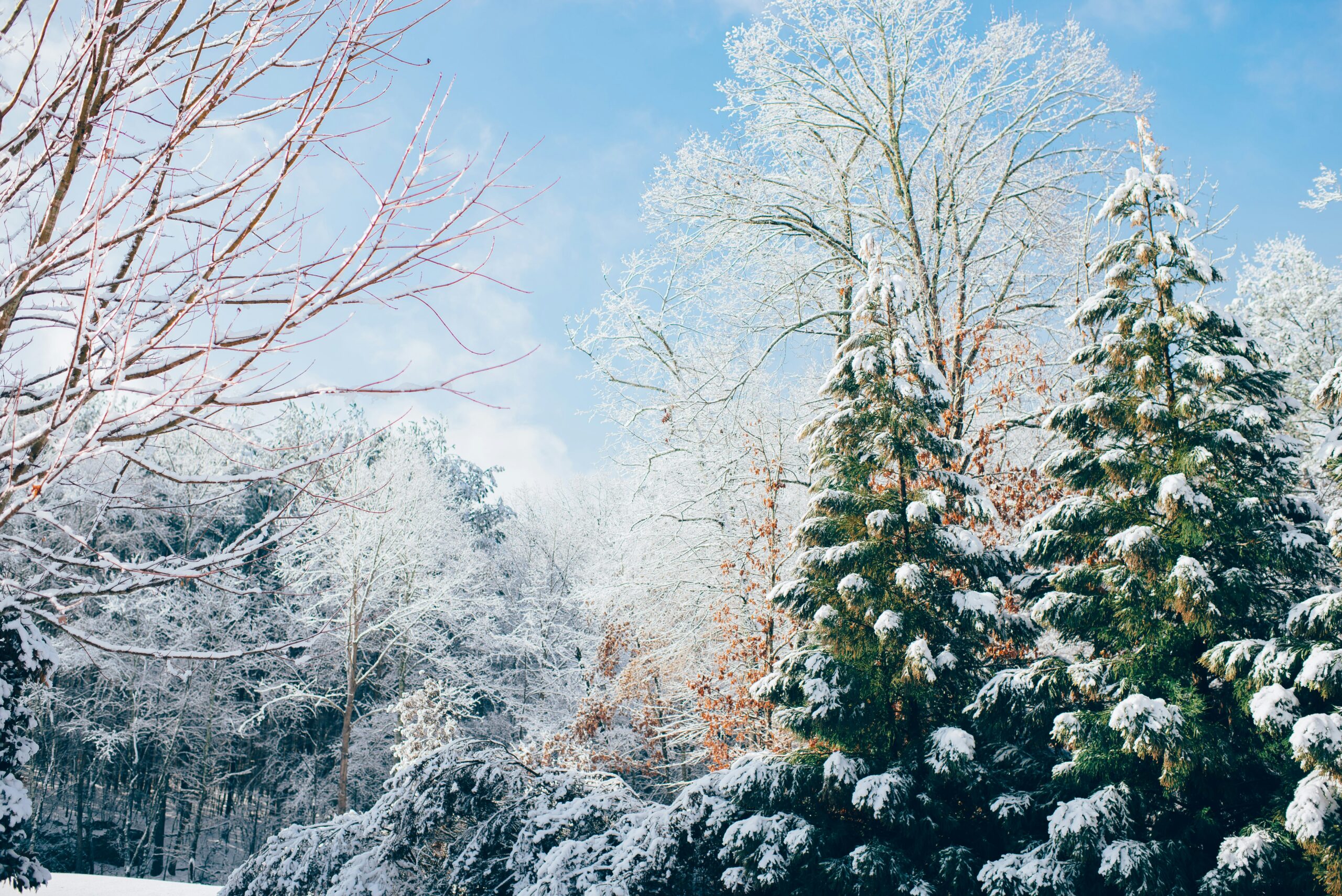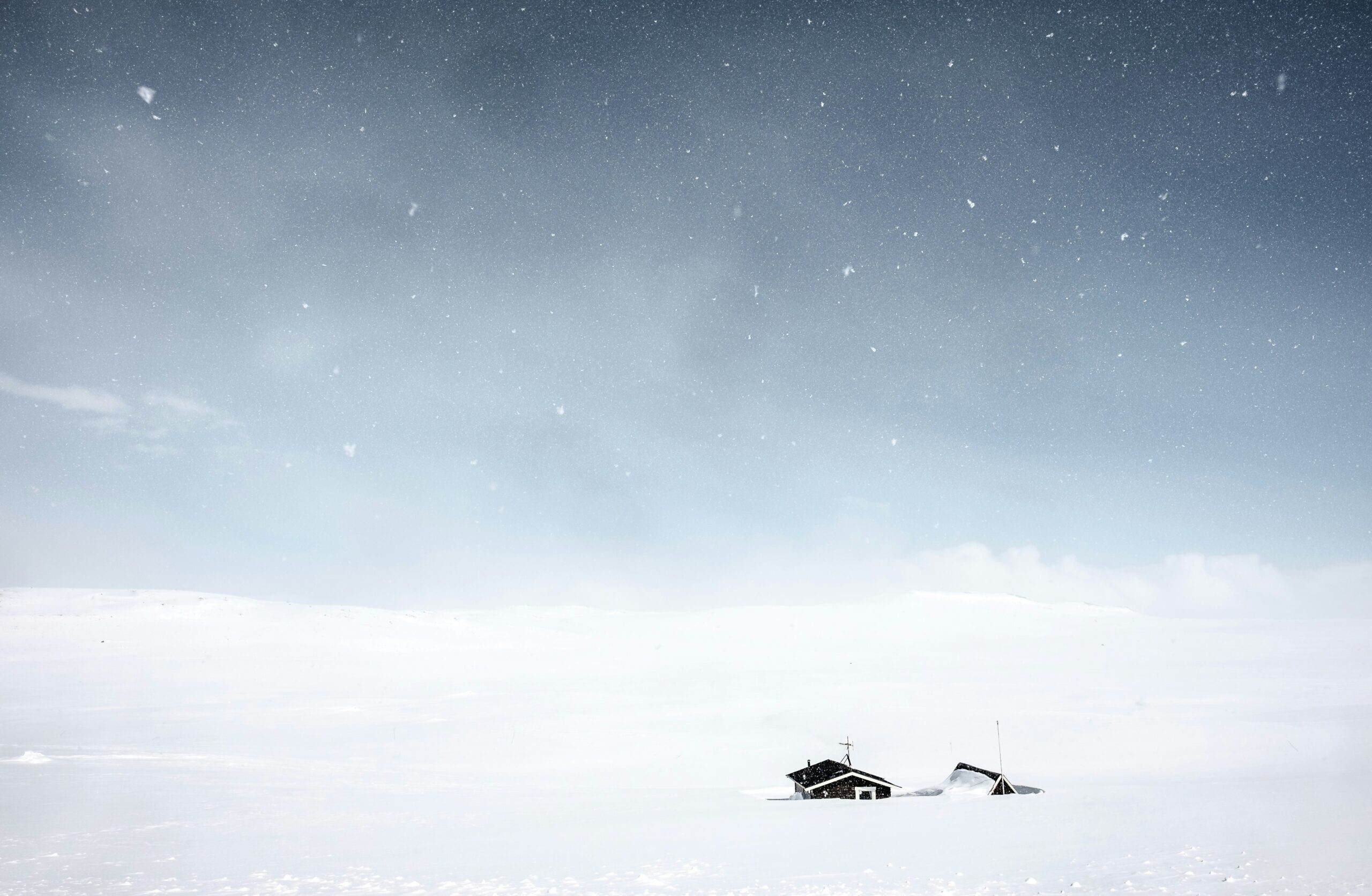Have you ever wondered how treacherous a winter ascent of Mount Shasta can be? In this article, we'll explore the grim reality of the fatalities that have occurred during such daring expeditions. From avalanches to extreme weather conditions, this majestic mountain has claimed the lives of numerous adventurers throughout the years. Join us as we delve into the numbers and stories behind these tragic incidents, shedding light on the risks involved in tackling the icy slopes of Mount Shasta.
Understanding Mount Shasta's Altitude and Weather
Altitude and risks
When planning a winter ascent of Mount Shasta, it is important to understand the altitude and associated risks. Mount Shasta is a massive stratovolcano located in Northern California, standing at an impressive height of 14,179 feet (4,322 meters). The high altitude poses several challenges for climbers, including reduced oxygen levels, increased risk of altitude sickness, and potential for rapid weather changes.
Weather patterns and impromptu changes
Mount Shasta's weather patterns can be unpredictable, especially during the winter months. The mountain is known for its intense storms, which can bring heavy snowfall, high winds, and plummeting temperatures. These impromptu weather changes can catch climbers off guard and significantly impact their safety and progress. It is crucial for climbers to constantly monitor weather forecasts and be prepared for sudden shifts in conditions.
Potential dangers in winter
Winter climbing on Mount Shasta presents unique dangers that climbers must be aware of. Avalanches are a significant risk during this time, with the mountain's steep slopes and heavy snowfall creating unstable conditions. Frostbite and hypothermia are also constant dangers due to the sub-zero temperatures and strong winds. Lastly, the harsh weather conditions can lead to climbers getting lost or trapped, making it vital to have proper navigational skills and equipment.
Climbing History of Mount Shasta
First recorded ascent
The first recorded ascent of Mount Shasta took place in 1854 by a group led by Captain E.D. Pearce. This early expedition paved the way for future climbers and set the stage for the mountain's climbing history. It demonstrated the challenges and potential dangers of the climb, but also showcased the awe-inspiring beauty and allure of Mount Shasta.
Evolution of climbing over the years
Since the first recorded ascent, climbing Mount Shasta has grown in popularity and has seen significant evolution in techniques and equipment. What was once a pioneering feat has become more accessible to climbers of varying skill levels. The development of mountaineering gear, improved training methods, and increased knowledge about the mountain's conditions have made it easier for adventurers to tackle the challenge of ascending Mount Shasta.
Recorded winter ascents
Winter ascents of Mount Shasta have always been regarded as the pinnacle of mountaineering achievements. While exact records are incomplete, there have been numerous successful winter ascents documented over the years. These brave climbers have pushed the boundaries of what is possible in harsh winter conditions, showcasing their expertise, resilience, and determination.

Vital Equipment for Winter Ascent
Importance of appropriate gear
A successful winter ascent of Mount Shasta heavily relies on having the appropriate gear. The extreme conditions demand specialized equipment that can withstand cold temperatures, high winds, and snowfall. It is essential to invest in quality gear that includes insulated clothing, sturdy boots, crampons, ice axes, and a reliable backpack to carry essential supplies.
Typical gear needed for winter ascents
For a winter ascent, climbers should have insulated mountaineering boots with crampon compatibility, multiple layers of moisture-wicking clothing, insulated gloves, and a warm hat. Additionally, an ice axe, climbing harness, helmet, and goggles are crucial for safety and protection. Adequate food, water, and emergency supplies should also be carried in a backpack.
Consequences of poor or inadequate equipment
Failure to have the correct gear can significantly increase the risks associated with a winter ascent. Inadequate insulation can result in frostbite, while ill-fitting boots can cause discomfort and blisters. Insufficient protection against wind and snow can lead to hypothermia or snow blindness. It is important to prioritize safety by obtaining the necessary equipment and ensuring it is in good condition before attempting a winter ascent.
Winter Climbing Techniques and Preparation
Proper training and skills
Before embarking on a winter ascent of Mount Shasta, it is essential to have proper training and acquire the necessary skills. Climbers should have experience in mountaineering, including knowledge of snow and ice climbing techniques, roped travel, self-arrest, and rescue procedures. Taking part in introductory mountaineering courses or hiring a professional guide can greatly enhance an individual's expertise and confidence in tackling the challenges of winter climbing.
Physical fitness and acclimatization
Winter climbing on Mount Shasta requires a high level of physical fitness and endurance. Climbers must be prepared for long, strenuous days of hiking through deep snow and navigating steep terrain. Prioritizing cardiovascular fitness and strength training is crucial in order to withstand the demands of the ascent. Additionally, allowing time for acclimatization to the altitude is important to reduce the risk of altitude sickness.
Mental preparation and attitude
Winter climbing can be mentally challenging, especially when faced with unfavorable weather conditions or unexpected obstacles. Developing a positive and resilient mindset is vital for success. Mental preparation involves visualizing the climb, setting realistic goals, and being mentally prepared for setbacks. Climbers must also possess a willingness to turn back if conditions become unsafe, as safety should always be the top priority.

Specific Risks Associated with Winter Climbing
Increased risk of avalanches
Winter climbing on Mount Shasta exposes climbers to an increased risk of avalanches. The combination of heavy snowfall, steep slopes, and changing weather patterns can create unstable snowpack, increasing the likelihood of avalanches. Climbers must be knowledgeable about avalanche awareness, carry appropriate safety equipment such as avalanche beacons, shovels, and probes, and have the skills to assess and avoid avalanche-prone areas.
Frostbite and hypothermia
The extreme cold temperatures on Mount Shasta during winter can lead to frostbite and hypothermia. Frostbite occurs when body tissues freeze, usually affecting exposed extremities such as fingers, toes, ears, and nose. Hypothermia, on the other hand, is a potentially life-threatening condition caused by prolonged exposure to cold temperatures, resulting in a dangerously low core body temperature. Proper insulation, layering, and regular checks for signs of frostbite are essential to prevent these conditions.
Getting lost or trapped due to harsh weather conditions
Winter weather conditions on Mount Shasta can be treacherous, with whiteout conditions, heavy snowfall, and high winds making navigation challenging. There is a risk of climbers getting disoriented or lost if visibility is poor. Additionally, sudden storms can make it difficult to descend or find shelter, potentially leading to climbers becoming trapped. Having strong navigational skills, carrying maps and compasses, and closely monitoring weather conditions help mitigate these risks.
Case Studies of Successful Winter Ascent
Profiles and strategies of successful climbers
Several profiles of successful winter ascent climbers on Mount Shasta provide valuable insight into their strategies and achievements. These individuals possess extensive mountaineering experience, have undergone advanced training, and demonstrate exceptional physical and mental preparedness. Their strategies often include thorough research and planning, adapting to changing weather conditions, and making informed decisions based on safety considerations.
Lessons learned from their experiences
The experiences of successful winter ascent climbers on Mount Shasta offer valuable lessons for aspiring mountaineers. They highlight the importance of proper training, equipment, and planning. These climbers emphasize the need for flexibility and adaptability in response to changing weather conditions. They also emphasize the significance of teamwork and effective communication within climbing parties to ensure the safety and success of the ascent.
Common thread amongst success stories
A common thread among success stories of winter ascents on Mount Shasta is the relentless pursuit of knowledge, skills, and preparedness. Successful climbers prioritize safety and make informed decisions based on the conditions they encounter. They possess a deep respect for the mountain and its challenges, while also maintaining a passion for the beauty and rewards of mountaineering. These individuals inspire others to push their boundaries while always prioritizing safety.

Fatalities during Winter Ascents of Mount Shasta
Total number of recorded deaths
Tragically, Mount Shasta has witnessed a number of fatalities during winter ascents. While the exact number is difficult to ascertain due to incomplete records, there have been several documented deaths over the years. These incidents serve as a somber reminder of the risks involved in winter mountaineering and the importance of meticulous planning, appropriate training, and adherence to safety protocols.
Conditions leading to these fatalities
Various factors have contributed to the fatalities during winter ascents of Mount Shasta. Avalanches have claimed lives, as climbers ventured into hazardous areas or failed to recognize the warning signs. Hypothermia and frostbite have also been causes of death when climbers were ill-equipped or unprepared for the extreme cold. Navigation difficulties, whiteout conditions, and falls from steep terrain have further contributed to these unfortunate incidents.
Profiles of those who perished
The individuals who lost their lives during winter ascents of Mount Shasta came from diverse backgrounds and skill levels. Some were experienced climbers who faced unexpected challenges, while others were less experienced individuals who underestimated the mountain's demands. It is a sobering reminder that even with thorough preparation and experience, nature's forces can be unforgiving, underscoring the need for caution and respect.
Survivor Stories and Near-Misses
Accounts from survivors of dangerous incidents
Survivors of dangerous incidents on Mount Shasta during winter ascents have shared their harrowing accounts of near-death experiences. These stories shed light on the critical decisions made in moments of crisis and the lessons learned from those experiences. Hearing firsthand narratives from those who narrowly escaped tragedy serves as a powerful reminder of the risks involved and the importance of being vigilant and prepared.
Common factors in near-miss situations
Common factors in near-miss situations include poor weather forecasts, inadequate equipment, and errors in judgment. Some climbers ignored warning signs or pushed forward despite adverse conditions. Others found themselves in situations beyond their control due to rapidly changing weather patterns. By understanding and analyzing these common factors, climbers can learn from the mistakes of others and take appropriate precautions in their own winter ascents.
Learnings from these experiences
Survivor stories and near-miss incidents on Mount Shasta serve as important learning opportunities for climbers. They emphasize the significance of thorough planning, constantly monitoring weather conditions, and heeding warning signs. These experiences highlight the potential consequences of poor decision-making, inadequate preparation, and underestimating the power of nature. By internalizing these lessons, climbers can better equip themselves for safe and successful winter ascents.
Search and Rescue Missions on Mount Shasta
Roles and responsibilities of rescue teams
Search and rescue (SAR) teams play a crucial role in ensuring the safety of climbers on Mount Shasta. These teams are typically composed of highly trained professionals who specialize in mountain rescue techniques. Their responsibilities include locating missing climbers, providing medical assistance, performing technical rescues, and coordinating evacuation efforts. SAR teams work tirelessly to save lives in challenging winter conditions.
Challenges faced during winter rescue
Winter rescue missions on Mount Shasta present numerous challenges to SAR teams. Snowstorms, limited visibility, and steep terrain make search operations difficult and time-consuming. The risk of avalanches during rescue efforts further adds to the complexity and danger. Additionally, the remote and rugged nature of the mountain poses logistical challenges for accessing and transporting injured climbers.
Successful rescue stories
Despite the challenges, there have been numerous successful rescue stories on Mount Shasta. These accounts highlight the exceptional skills, dedication, and bravery of SAR teams. Through meticulous planning, effective coordination, and expert execution, these teams have managed to safely locate and rescue stranded climbers. These success stories serve as a testament to the importance of well-trained and well-equipped rescue teams in winter mountaineering.
Reducing Risk and Improving Safety during Winter Ascents
Importance of planning and precaution
To reduce the inherent risks of winter ascents on Mount Shasta, meticulous planning and precautionary measures are crucial. Thoroughly researching the route, gathering accurate weather forecasts, and assessing personal capabilities are essential steps. Establishing communication plans, carrying emergency equipment, and utilizing appropriate safety techniques, such as rope travel and self-arrest, further enhance safety.
Role of guide services and mountain rangers
Guide services and mountain rangers play a pivotal role in enhancing safety during winter ascents of Mount Shasta. Professional guides provide valuable expertise, guidance, and support, particularly for climbers with limited experience. Mountain rangers oversee the mountain, ensuring compliance with safety regulations, and offering assistance and guidance to climbers. By utilizing the resources and knowledge provided by guides and rangers, climbers can mitigate risks and enhance their safety.
Innovations in mountaineering safety
With the advancement of technology and mountaineering practices, innovative safety measures have emerged to enhance winter climbing safety. The development of advanced GPS devices allows for accurate navigation and tracking, reducing the risk of getting lost. Improved snow and avalanche forecasting techniques aid climbers in avoiding hazardous conditions. Furthermore, advancements in protective gear and emergency equipment provide climbers with better protection and increased chances of survival in critical situations.
In conclusion, a winter ascent of Mount Shasta is a thrilling and challenging endeavor that requires careful preparation, proper equipment, and a thorough understanding of the mountain's altitude and weather patterns. Climbers must be aware of the risks associated with winter mountaineering, including avalanches, frostbite, hypothermia, and getting lost or trapped in harsh weather conditions. Learning from successful climbers, understanding the common factors in accidents, and listening to survivor accounts can help climbers enhance their safety and improve their chances of a successful winter ascent. By prioritizing planning, precaution, and seeking guidance from professionals, climbers can reduce risks, ensure their safety, and fully appreciate the majesty of Mount Shasta in all its wintery glory.
